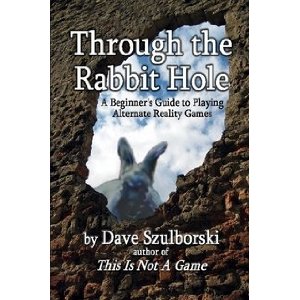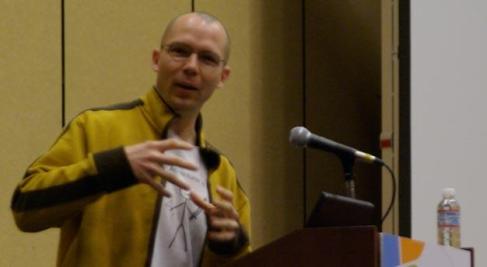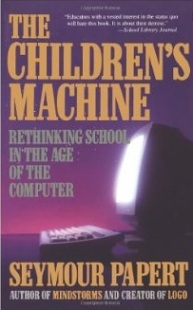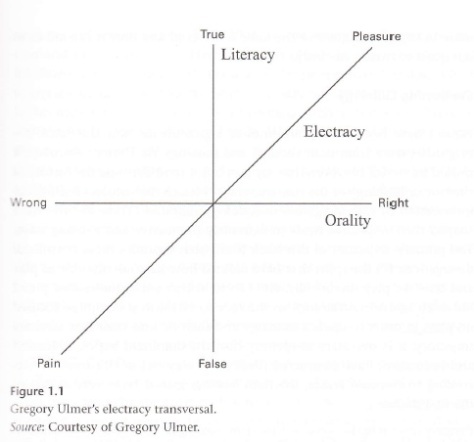I’ve just finished week four of the Games MOOC and am struggling to keep up with all of the great resources and suggested activities. I manage to look at all of the resources at the beginning of the week but then don’t have time to follow up and thoroughly go over them. The problem K-12 teachers have is having time to dig in to the things they learn in professional development.
The fifth of Seven Things You Should Know About Alternate Reality Games suggests that ARGs “can be complex to design and execute” and that “constructing them might be best undertaken in a team environment.” Perhaps GamesMOOC can set up a clearinghouse for bringing people together to work on educational applications of ARGs to specific classroom situations. The other suggestion might be to carve out space in a future iteration of the GamesMOOC for collaborative project-building of specific games (one genre of which could be ARGs).
As I dipped into the readings over the past week, ideas have come to me about how to create an ARG for an orientation to the library. I envision using Dewey Decimal numbers as numeric code for puzzles, aurisma imagery that launches youtube videos or audio files with further clues, QR codes tucked into reference books that lead to websites with more information. (Some of these ideas came after reading the last part of Dave Szulborski’s book Through the Rabbit Hole: A Beginner’s Guide to Playing Alternate Reality Games, which runs through a sample ARG for beginners and includes the kinds of puzzles, acrostics, anagrams, secret codes, and clue translation that are typical [according to him] of ARGs.)
These are the fragments that have come to me so far. As for a specific narrative, I think of how McGonigal used narrative in World Without Oil and Urgent Evoke: as a framework for introducing players to current issues and invite them to engage in actions they need to take to solve the problems.
As for the actual story: I thought–what do I want my students to do? and then make it a game…First of all, I want them to appreciate the opportunities that they have almost 50 years after the civil rights movement. What kind of a story could I tell for them to learn about the civil rights era and also be oriented to the library? I thought of a potentially controversial topic: something to do with white supremacists attacking libraries and stealing specific books… Creating a fictional white supremacist character on twitter, though, could be problematic, given the TINAG (“this is not a game”) ethos of the medium.
I’m guessing that trying to create an ARG will be hard for newcomers to the concept. I’ve been grappling with ARGs since playing McGonigal’s Urgent Evoke back in the spring of 2010–trying to figure out what these strange beasts are… I’m just beginning to get what’s going on.




 Posted by Richard Smyth
Posted by Richard Smyth 



